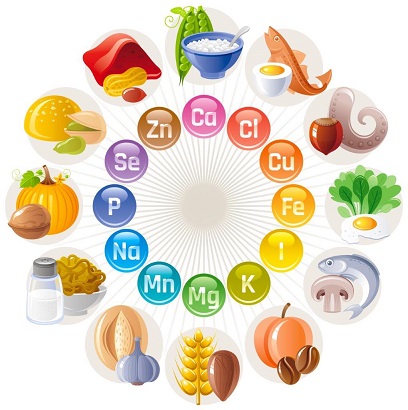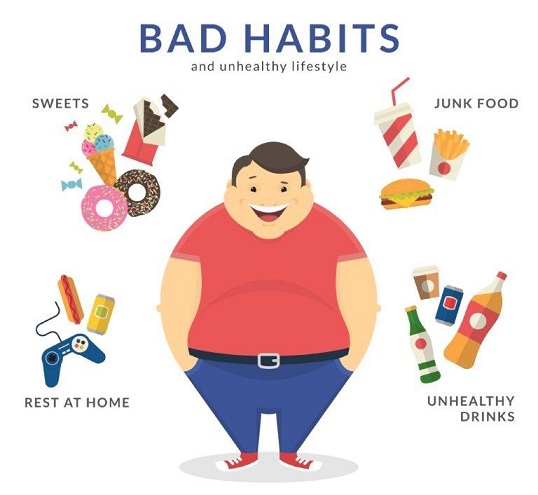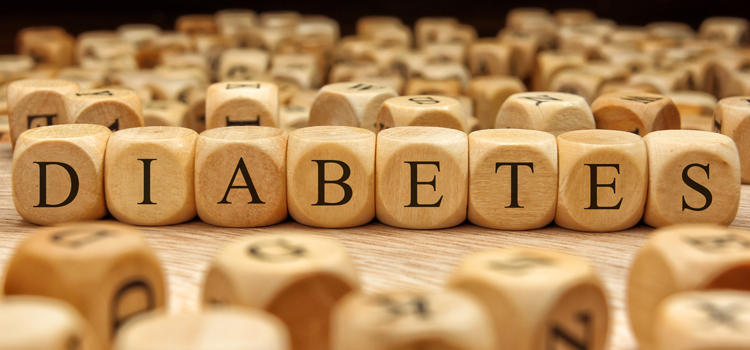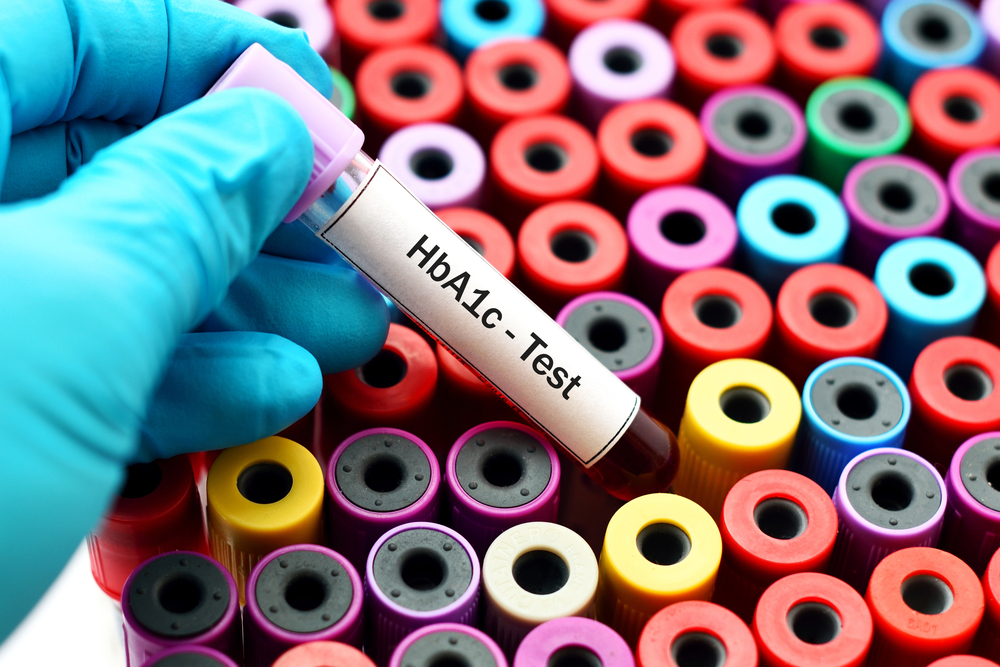What is Type 2 Diabetes?

According to the WHO, India is ranked second in the world, with 77 million patients with type 2 diabetes. The worst is that half of the people are unaware of their diabetic status, and it can reach a severe stage before it gets detected.
What is diabetes?
Diabetes is a medical condition that arises when your blood glucose, also called blood sugar, is too high. All the intricate functions of our body are supported by the energy generated from breaking down food into glucose. However, when our body cannot process glucose, also called sugar, it leads to diabetes mellitus.
Types of diabetes
There are two types of diabetes: type 1 and type 2 diabetes.
Type 1 diabetes is an autoimmune condition in which the body mistakes its insulin-producing cells in the pancreas for foreign bodies and destroys them. It results in high blood sugar levels as the body produces no insulin. Type 1 diabetes is primarily hereditary and develops during childhood.
On the other hand, in type 2 diabetes, the body develops insulin resistance, producing little or no insulin, resulting in higher blood sugar levels. Type 2 diabetes usually starts during adulthood and is caused by genes or poor lifestyle choices.
This blog highlights everything you need to know about type 2 diabetes, from its symptoms to its management.
What is type 2 diabetes?
Type 2 diabetes is a lifelong condition in which your body cannot produce optimal insulin levels, resulting in higher blood sugar levels. It is characterised by insulin resistance and insufficient insulin production.
Insulin resistance means the body cells stop responding to the insulin produced in the pancreas. Insufficient insulin production occurs when the body makes less insulin than is required to manage blood glucose. This complication leads to an increase in blood sugar levels.
Type 2 diabetes is caused by obesity, physical inactivity, high blood pressure, and the extreme consumption of unhealthy foods.
Type 2 diabetes symptoms
Type 2 diabetes symptoms develop over time, so patients might not realise this condition for long. Type 2 diabetes causes the following symptoms:
- Increased thirst
- Frequent urination
- Fatigue
- Increased hunger
- Weight loss
- Blurred vision
- Slow healing of cuts and wounds
- Tingling or numbness
- Dry skin
Type 2 diabetes tests
Type 2 diabetes is tested with these blood sugar tests:
1. Fasting Blood Sugar Test
A fasting blood sugar test is done after 8 to 12 hours of fasting. The ideal time for this test is in the morning, right after waking up.
2. Post-Prandial Blood Sugar Test
This test is done after two hours of eating a low-carb meal.
Here are the blood sugar level ranges in fasting and post-prandial sugar tests, according to the type 2 diabetes stages:
| Diabetes Stage | Fasting Blood Sugar Test | Post-prandial blood Sugar test |
| Pre-diabetes | 100-125 mg/dL | 140-199 mg/dL |
| Diabetes | 126 mg/dL or above | 200 mg/dL or above |
| Normal Blood Sugar Range | Below 100 mg/dL | Below 140 mg/dL |
3. Random Blood Sugar Test
This blood sugar test can be taken at any time of the day. A blood sugar level over 200 mg/dL can indicate a high risk of diabetes.
4. Oral Glucose Tolerance Test
The oral glucose tolerance test combines fasting and post-prandial blood sugar tests. The doctor first reads the patient’s blood sugar level while fasting overnight and then two hours after drinking a sugar-based beverage. For this test, the normal sugar range is 140 mg/dL.
Complications of type 2 diabetes
If type 2 diabetes is not managed correctly, it can lead to severe complications and affect other body parts, making it crucial to control it. Below are some complications associated with type 2 diabetes:
- Cardiovascular Diseases: High blood sugar levels can lead to heart-related problems, strokes, and high blood pressure.
- Neuropathy: Diabetes can damage the nervous system of the body, leading to neuropathy.
- Kidney Disease: Prolonged high blood sugar levels can strain the kidneys, impairing their function over time.
- Retinopathy: Diabetes can harm the blood vessels in the eyes, leading to retinopathy. This condition can result in vision problems, including blindness.
- Sleep Apnea: Diabetes can also cause sleep apnea, a condition where the breathing stops and starts while sleeping.
- Brain Damage: In severe cases, high blood sugar can also lead to brain damage and increase the risk of Alzheimer’s disease.
Management of Type 2 Diabetes
Diabetes may not be completely curable, but it is manageable. To avoid the severe health complications associated with type 2 diabetes, here are some steps you can follow:
- A primary cause of type 2 diabetes is obesity. Weight management through physical exercise is a must to manage blood sugar levels and ensure proper body functioning.
- Patients with diabetes must consume a balanced diet with all the essential nutrients like protein, carbohydrates, fats, and fibre. Additionally, decreasing the consumption of processed foods and sugar is crucial to ensuring a balanced blood sugar level.
- Taking the medicines that a doctor prescribes is also essential to managing diabetes.
Type 2 diabetes is a chronic, lifelong disease caused primarily by an unhealthy lifestyle and characterized by high blood sugar levels. However, it is possible to manage type 2 diabetes by making lifestyle changes, such as including a healthy diet and exercising regularly. Additionally, patients with diabetes must check their blood sugar levels regularly. To lead a healthy life, it is crucial to understand the causes of diabetes, its symptoms, diagnosis, and management.













